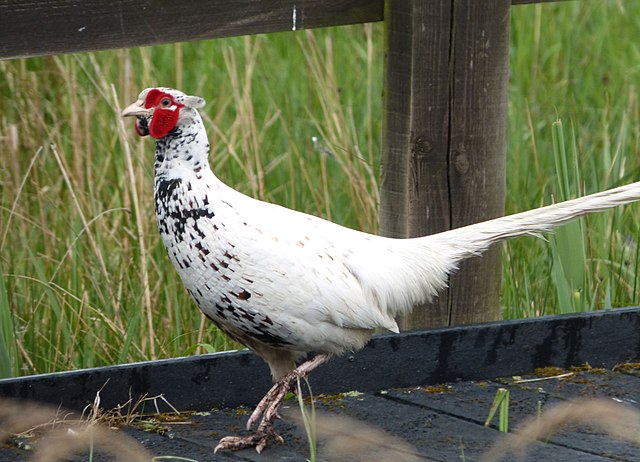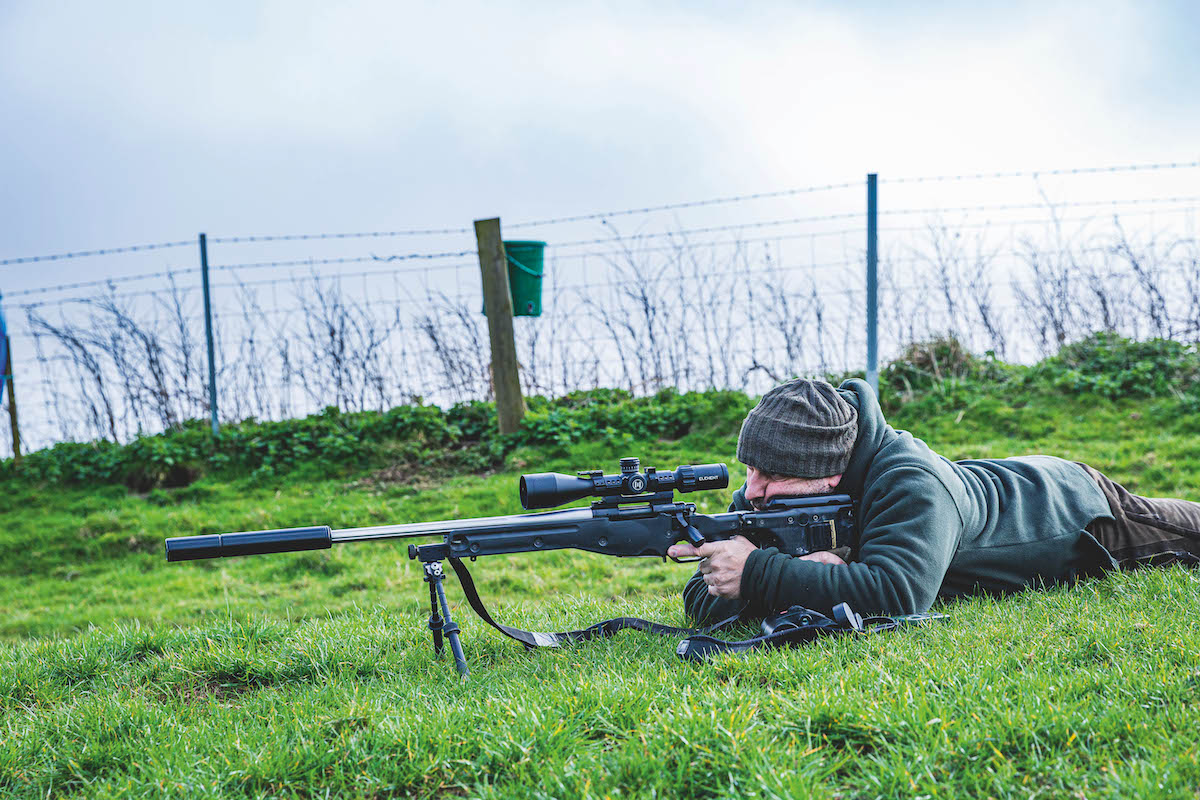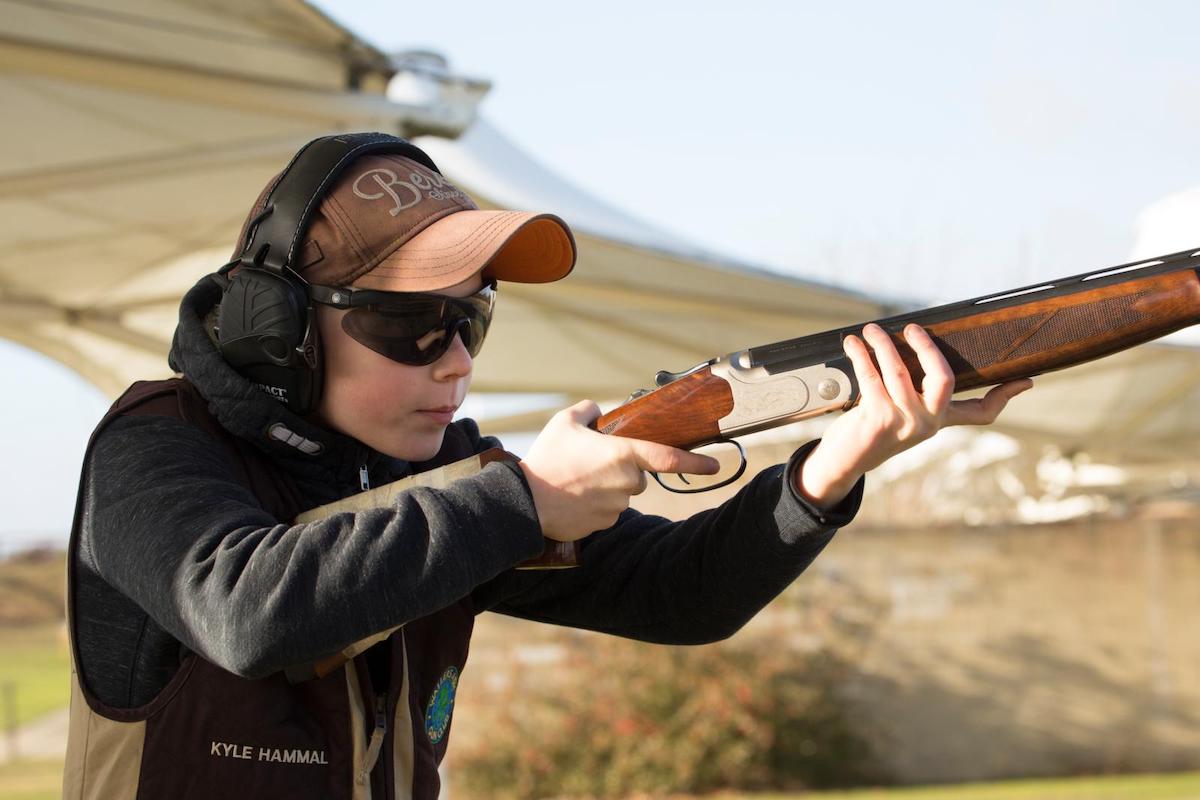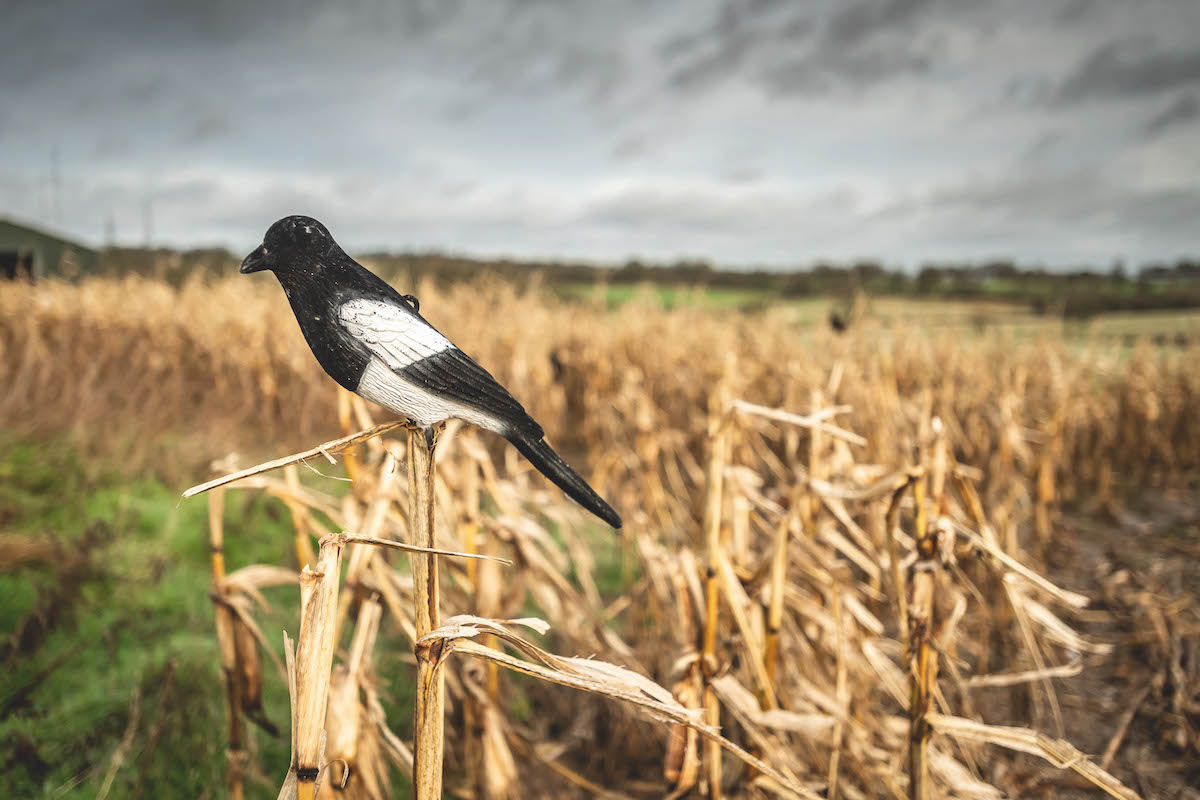White pheasants: why do they attract fines?
Liam Bell explains why you might see a white pheasant on a shoot

A white pheasant
Q: Why were white pheasants protected and people fined if they were shot? Was there an important reason for it, or was it simply because they were rare, and keepers and owners wanted to see them about?
A: White birds have always been relatively rare, and keepers and owners liked to use them as ‘marker’ birds. These marker birds were easy to spot if they moved drives or were wandering off towards the boundaries, and they were soon missed if poached or predated.
Even today they do still have their uses, and I think that fining any Guns who shoot one adds to the enjoyment of the day. There are, of course, several variations of the fining system, including getting the other Guns to pay a bounty to the person who shoots the white bird. Or anyone who shoots at and misses the white bird then paying the bounty x8 or x10 — depending on the number of Guns.
Quite a number of shoots ask that the fines are paid to charity. Others fine the guilty party a bottle of port, which is subsequently donated to the beaters. (Read more on beating on a shoot day.)
White pheasants and charity
In 2016 The Harkstead Estate raised £5,000 for East Anglian Air Ambulance (EAAA) during the season. A gamekeeper suggested that white pheasants were used on each shoot. Each time a white peasant fell to the gun the other shoot guests were encouraged to donate £10 each, which raised £80 per bird. No guest ever declined to contribute. In total the Harkstead shoot has raised more than £15,000 for the East Anglian Air Ambulance over previous years.
The Lake Vyrnwy shoot has also done the same thing in the past, rearing and releasing a number of white pheasants. Anybody shooting one during a drive faces a fixed penalty fine which has helped the shoot to raise £3000 plus for their chosen charity, the local Air Ambulance.








